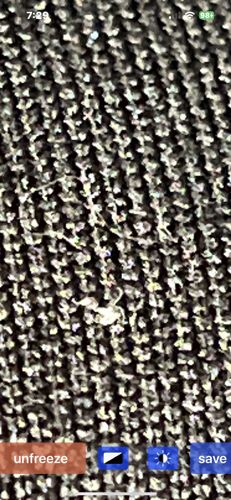Dust mite
Scientific Name: Dermatophagoides spp. (e.g., Dermatophagoides pteronyssinus, Dermatophagoides farinae)
Order & Family: Order: Acariformes, Family: Pyroglyphidae
Size: Typically 0.2-0.3 mm (0.008-0.012 inches) in length, making them invisible to the naked eye.

Natural Habitat
Dust mites are found in nearly all human dwellings worldwide, particularly in bedding, mattresses, upholstery, carpets, curtains, and other soft furnishings where human dander accumulates.
Diet & Feeding
Dust mites primarily feed on organic detritus, such as flakes of shed human and animal skin (dander), as well as pollen, fungi, and bacteria.
Behavior Patterns
Dust mites thrive in warm, humid conditions (ideally 68-77°F or 20-25°C and 70-80% relative humidity). They do not drink water but absorb moisture from the air. Their life cycle from egg to adult is about one month, and adults live for 2-3 months. They reproduce quickly under favorable conditions. They are most active at night and tend to burrow deep into fabrics to avoid light and desiccation.
Risks & Benefits
Risks: Dust mites are a significant cause of allergies and asthma attacks in sensitive individuals. Their feces and decaying body parts contain allergenic proteins that can become airborne and be inhaled, leading to symptoms such as sneezing, runny nose, itchy eyes, skin rashes, and breathing difficulties. They do not bite or transmit diseases. Benefits: There are no direct benefits to humans from dust mites. In ecosystems, they play a very minor role in decomposition, but their impact is negligible compared to other decomposers.
Identified on: 8/27/2025